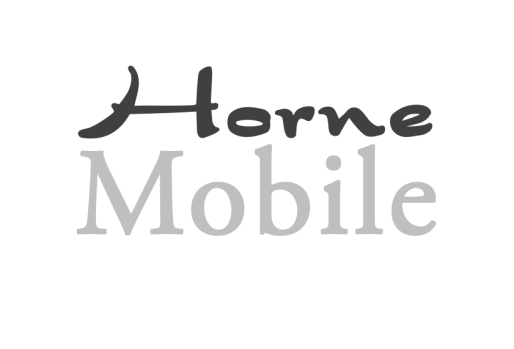Planning an enterprise mobile software application can be daunting to the uninitiated. There are, however, a few planning tips that may help.
Suppose, for this example, that the proposed mobile application is to be related to mandatory sexual harassment training for all employees.
First, step back and clearly identify the intended audience. Do you need app versions to support more than one language? Do you need to support non-literate participation? Do you need to support special needs staffing? Establishing corporate goals based on the answers to these questions will help one to build a consistent, repeatable, computer-based system, with measurable analytics.
Second, with established corporate goals, one can start the program analysis to define the components that should be developed, managed, and, later, archived. If one of the design components is to utilize video clip examples of good behavior versus bad behavior, then scripting, filming, editing, and converting the video into a usable format is near the top of your to-do list. Over dubbing additional sound tracks may provide other language support and closed captions may address those audience concerns. The video presentations probably will need to be placed into a mobile software presentation framework that can easily provide a high quality user navigation experience.
Third, with measurement goals in mind, one can establish a series of questions and answers that the users must successfully complete to demonstrate their participation. Computer-based training is straight forward programming in concept; however, crafting meaningful questions should require the assistance of HR or legal professionals.
Fourth, management of participant records may be critical to remain in compliance with local, state, and federal guidelines for sexual harassment. Your HR or legal affairs staff can provide guidance as to what is required for your location. Sign-ins and unique identifiers are common software techniques to track who has successfully used the mobile app. Is one of the program design criteria to send a reminder to individuals who have not completed the required training? Does your company require periodic refresher courses with email reminders in the future? Will your app need an email interface? Will your app need a separate data base? How long will your organization keep the participation records? Five years? Seven years? Forever?
Fifth, having integrated analysis tools that can provide contextual information may be critical to the success of this example app. Executive dashboards are a highly recommended technique to provide instantaneous feedback on the use of mobile applications. At-a-glance screens with graphs and charts can provide real-time meaningful analysis. Of course, what should be included in the dashboard must be part of the initial design concept in step two.

